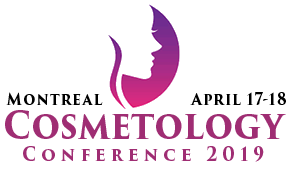Dr.Warkaa
Lecturer -Department of Oral Pathology-College of Dentistry- Mustansiriyia University-Baghdad-Iraq.
Title: EFFECT OF 790-805NM DIODE LASER THERAPY ON MAST CELL IN CUTANEOUS WOUND HEALING IN MICE
Biography
Biography: Dr.Warkaa
Abstract
Background and objective: -The use of low level laser therapy (LLLT) has been increased now a day to accelerate healing of soft tissue injuries because of some biostimulatory effects. The goal of this study was to investigate the effect of 790-805nm diode laser on the inflammatory effect of mast cells during wound healing in rodents. Materials and Methods: -A cut wound (1.5cm) was done on the cheek of 40albino mice. 20 of them exposed to LLLT (360 J/cm 2) at 790-805 nm immediately post wounding procedure. The animals were scarified and the wound area was prepared and stained with toluidine blue. Results: - Mean mast cell count of 10.2 on the first day of control group while in laser group 8.4. The control and laser group showed a gradual inclination in the mean value to be return to increase at the day 14 of the experiment. There was a significant difference (P< 0.05) in the control group on the first day. While significant difference (P≤0.05) was in the day 7. Pearson correlation showed a significant correlation (P≤0.01) between the control group at the day 1 and the laser group on the day 7. While there was a significant correlation (P≤0.05) between the control group at the day 14 and laser group on the day 1. Conclusions:- LLLT may induce an anti-inflammatory effect on wound healing process by its inhibitory action on mast cells; while it may have a biostimulatory effect on the proliferation of mast cells in the proliferative phase of wound healing which indirectly affects fibrous tissue regeneration in the subcutaneous area.

